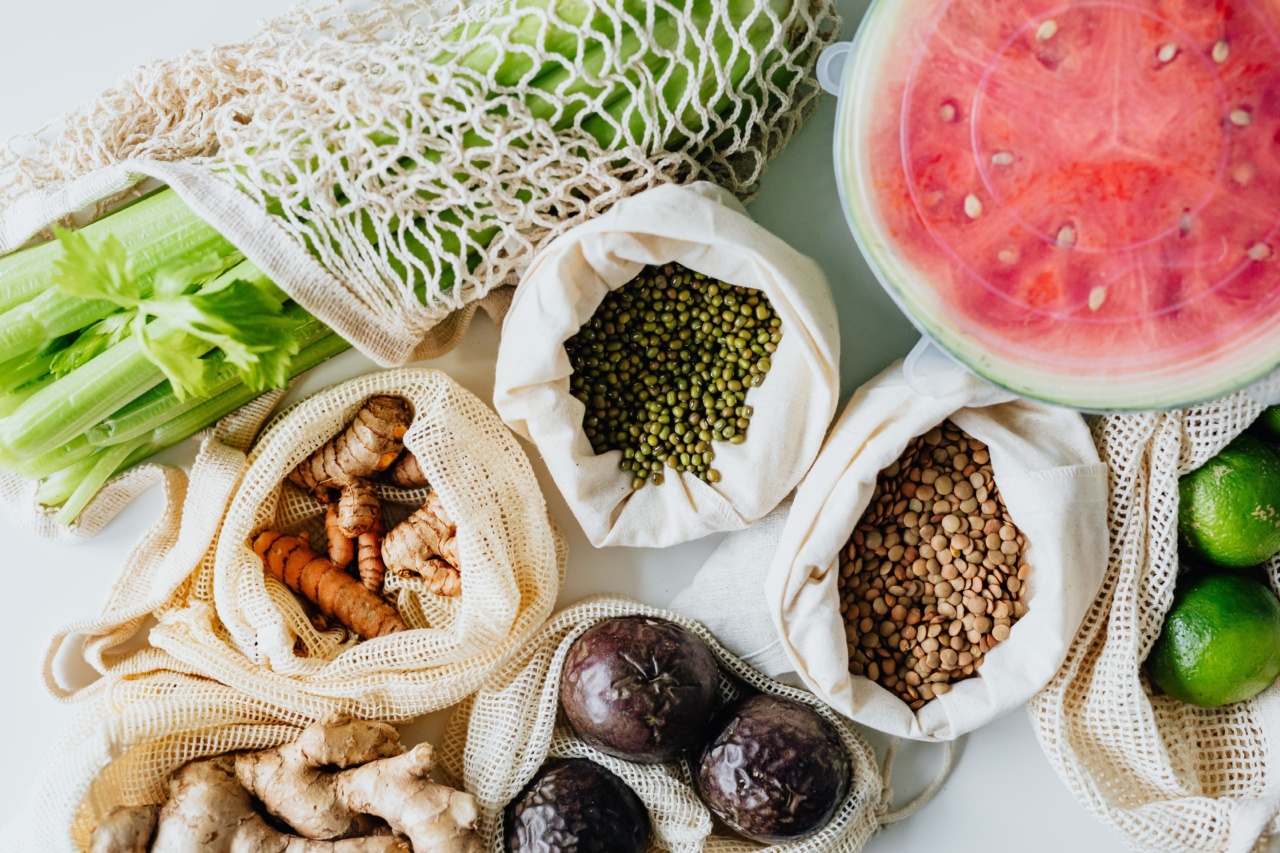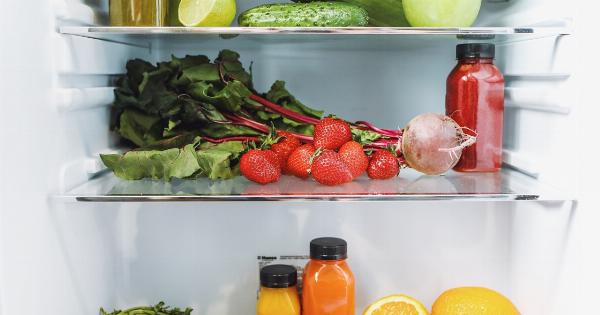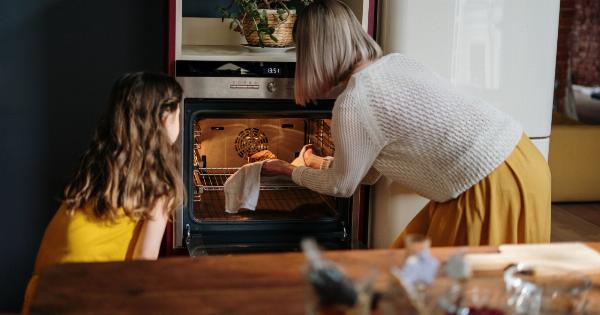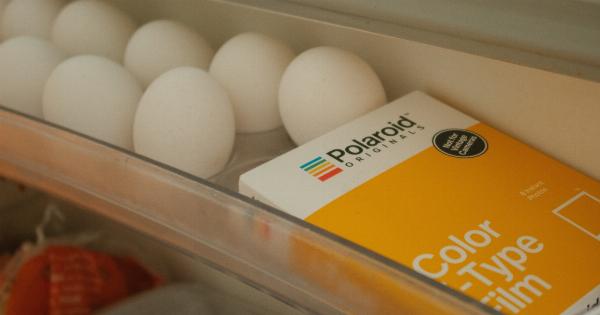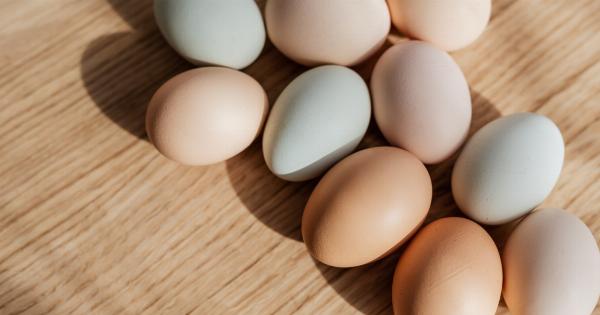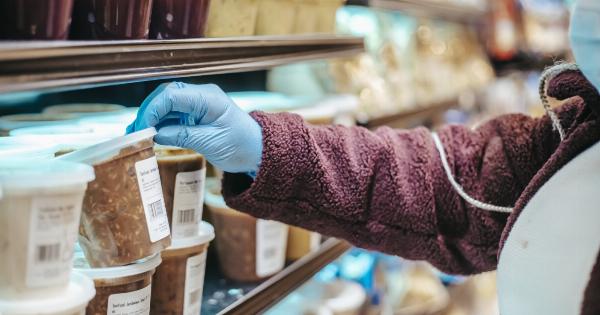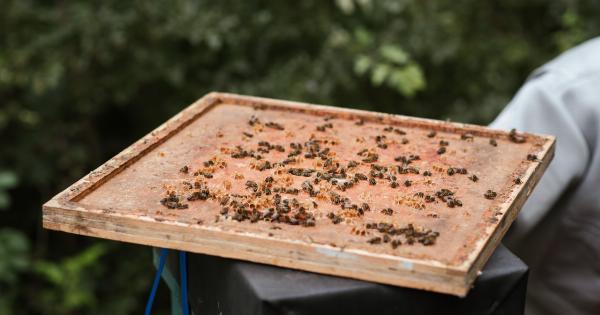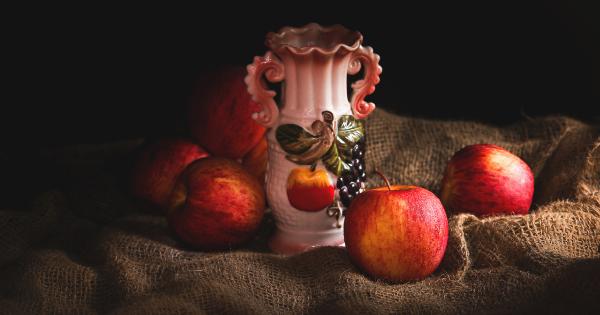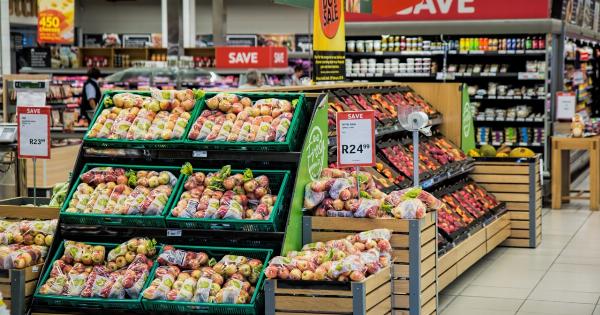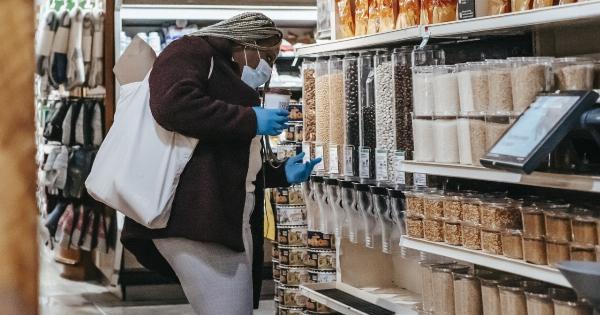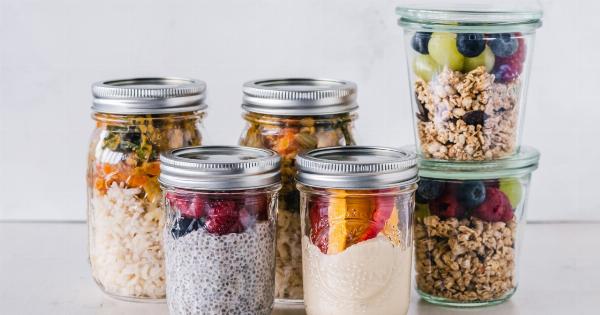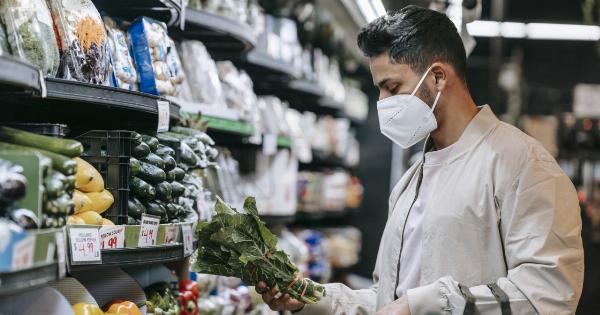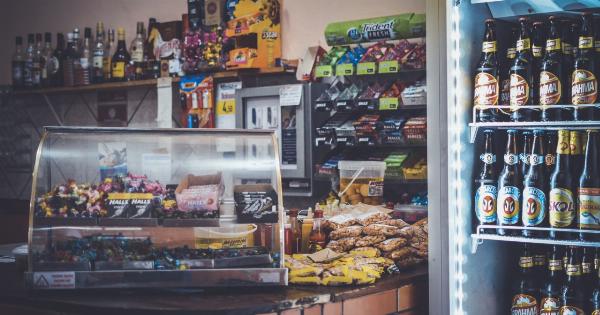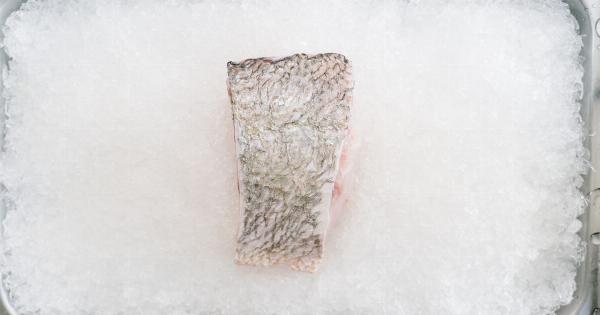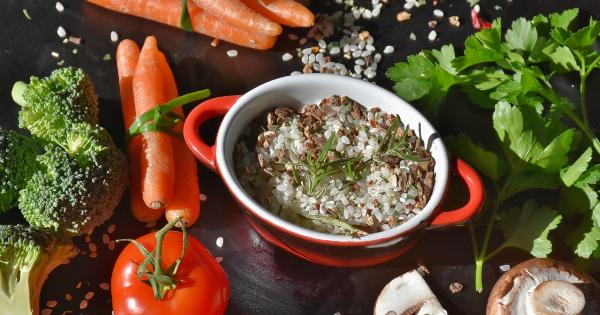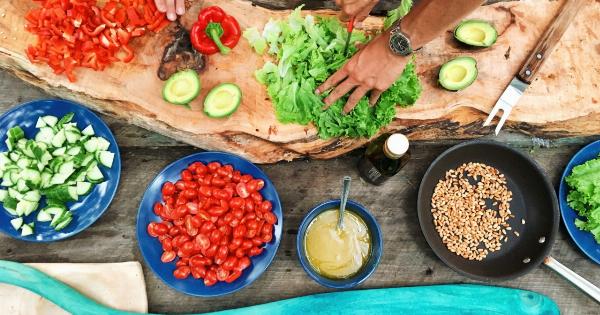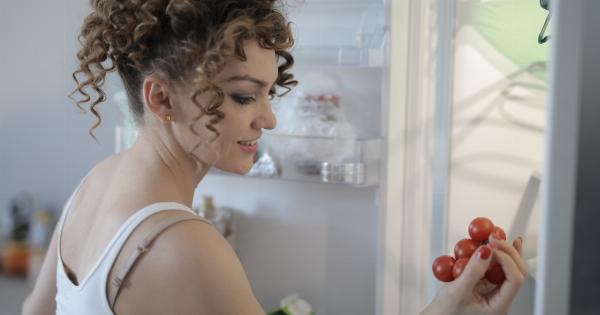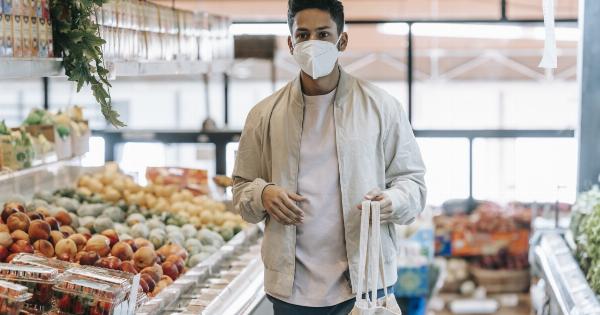Proper food storage and organization play a crucial role in maintaining the freshness and quality of fruits and vegetables. Many fruits release a natural gas called ethylene that can cause other produce items to ripen faster or spoil prematurely.
By separating fruits and vegetables based on their ethylene production levels, you can significantly extend their shelf life and ensure that each item remains fresh for longer.
Understanding Ethylene
Ethylene is a plant hormone naturally produced by many fruits and vegetables. It acts as a ripening agent by triggering the fruit’s enzymes, which results in the softening, color change, and flavor development of the produce.
While ethylene is essential for the ripening process, it can have adverse effects when fruits and vegetables are stored together.
Fruits that Produce High Levels of Ethylene
Some fruits produce higher levels of ethylene compared to others. These fruits are known as “ethylene producers” and should be kept separate from ethylene-sensitive vegetables to prevent premature spoilage.
Here are some common ethylene-producing fruits:.
- Bananas
- Apples
- Apricots
- Peaches
- Pears
- Plums
- Kiwi
- Mangoes
- Tomatoes
Vegetables that are Ethylene-Sensitive
On the other hand, certain vegetables are highly sensitive to ethylene and are more prone to spoilage when exposed to it. These vegetables should be kept away from ethylene producers for optimal freshness and extended shelf life.
Here are some examples of ethylene-sensitive vegetables:.
- Broccoli
- Carrots
- Lettuce
- Cucumbers
- Green beans
- Peas
- Brussels sprouts
- Asparagus
- Spinach
The Benefits of Separating Fruits and Veggies
Separating fruits and vegetables is an effective strategy to preserve their freshness and extend their shelf life. By preventing ethylene-producing fruits from coming into contact with ethylene-sensitive vegetables, you can enjoy several benefits:.
1. Prolonged Shelf Life
When fruits and vegetables are stored together, ethylene-producing fruits can accelerate the ripening process of ethylene-sensitive vegetables. This can lead to quicker spoilage and a shorter shelf life.
Separating the two groups helps to slow down the ripening process and extends the freshness of both fruits and vegetables.
2. Reduced Spoilage
Exposure to excessive ethylene gas can cause vegetables to wilt, rot, or develop off flavors.
By keeping ethylene producers away from ethylene-sensitive vegetables, you minimize the risk of spoilage and maintain the quality of your produce for a longer period.
3. Better Taste and Texture
Proper separation allows fruits and vegetables to ripen at their own pace, resulting in superior taste and texture. Ethylene-sensitive vegetables will have a crisper texture, while fruits will be sweeter and more flavorful.
This separation ensures that each item retains its distinct characteristics.
4. Minimized Odor Transfer
Some fruits, like bananas, release a strong odor that can be absorbed by other produce. By separating fruits and vegetables, you prevent the transfer of strong odors, maintaining the natural aroma of each item and avoiding unwanted taste interactions.
Best Practices for Separating Fruits and Vegetables
Now that you understand the importance of separating fruits and vegetables, let’s explore some practical tips to help you implement proper separation in your kitchen:.
1. Use Different Storage Bins or Drawers
One of the easiest ways to keep fruits and vegetables apart is by storing them in separate containers. Many refrigerators feature multiple compartments or bins specifically designed for fruits and vegetables.
Utilize these designated areas to minimize cross-contamination and prolong the freshness of your produce.
2. Wrap Ethylene Producers
Some fruits, such as tomatoes or bananas, can’t be completely isolated due to their size or storage requirements.
In such cases, individually wrapping these ethylene producers in paper or storing them in breathable bags can help contain the release of ethylene gas and protect ethylene-sensitive vegetables nearby.
3. Store Root Vegetables Separately
Root vegetables, like carrots or potatoes, have their own unique storage requirements. Store them separately from both ethylene producers and ethylene-sensitive vegetables to maintain their optimal texture and prevent spoilage.
4. Check Ripeness Regularly
Regularly check the ripeness of your fruits and vegetables and remove any overripe or spoiled items promptly.
A single piece of overripe fruit can significantly speed up the ripening process of other produce nearby, so it’s important to regularly assess and discard any unwanted items.
Conclusion
Separating fruits and vegetables based on their ethylene production levels is a simple and effective technique to enhance their freshness and extend their shelf life.
By understanding which fruits produce ethylene and which vegetables are sensitive to it, you can create an optimal storage environment for each item. Implementing these separation practices will not only help you reduce food waste but also ensure that you always have fresh and flavorful produce on hand.
